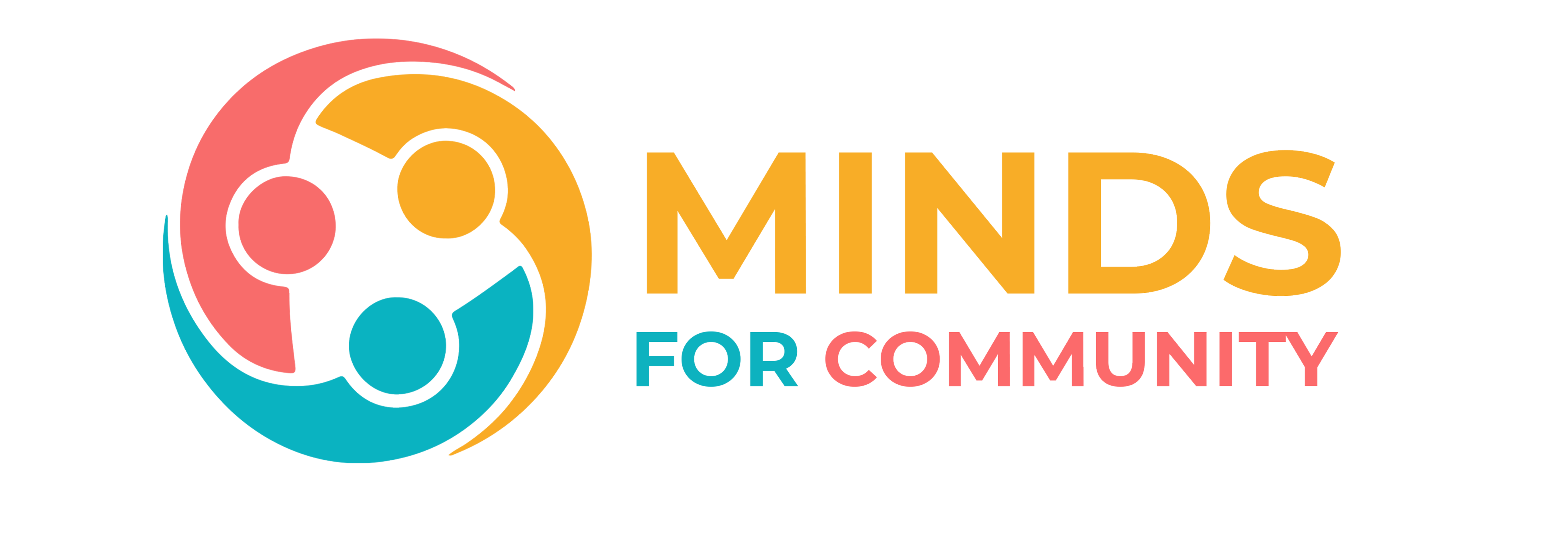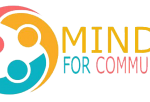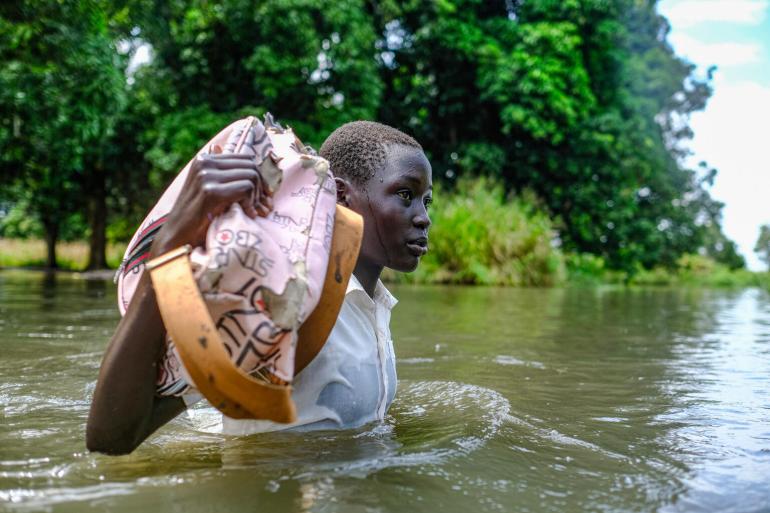The United Nations Children’s Fund (UNICEF), the International Organization for Migration (IOM), Georgetown University, and the United Nations University have today launched new guidelines to provide the first-ever global policy framework that will help protect, include, and empower children on the move in the context of climate change.
The number of children with severe wasting was rising even before war in Ukraine threatened to plunge the world deeper into a spiralling global food crisis – and it’s getting worse, UNICEF warned in a new Child Alert.
Released today, Severe wasting: An overlooked child survival emergency shows that in spite of rising levels of severe wasting in children and rising costs for life-saving treatment, global financing to save the lives of children suffering from wasting is also under threat.
“Even before the war in Ukraine placed a strain on food security worldwide, conflict, climate shocks and COVID-19 were already wreaking havoc on families’ ability to feed their children,” said UNICEF Executive Director Catherine Russell. “The world is rapidly becoming a virtual tinderbox of preventable child deaths and child suffering from wasting.”
Currently, at least 10 million severely wasted children – or 2 in 3 – do not have access to the most effective treatment for wasting, ready-to-use therapeutic food (RUTF). UNICEF warns that a combination of global shocks to food security worldwide – led by the war in Ukraine, economies struggling with pandemic recovery, and persistent drought conditions in some countries due to climate change – is creating conditions for a significant increase in global levels of severe wasting.
Meanwhile, the price of ready-to-use therapeutic food is projected to increase by up to 16 per cent over the next six months due to a sharp rise in the cost of raw ingredients. This could leave up to 600,000 additional children without access to life-saving treatment at current spending levels. Shipping and delivery costs are also expected to remain high.
“For millions of children every year, these sachets of therapeutic paste are the difference between life and death. A sixteen per cent price increase may sound manageable in the context of global food markets, but at the end of that supply chain is a desperately malnourished child, for whom the stakes are not manageable at all,” said Russell.
Severe wasting – where children are too thin for their height resulting in weakened immune systems – is the most immediate, visible and life-threatening form of malnutrition. Worldwide, at least 13.6 million children under five suffer from severe wasting, resulting in 1 in 5 deaths among this age group.
South Asia remains the ‘epicentre’ of severe wasting, where roughly 1 in 22 children is severely wasted, three times as high as sub-Saharan Africa. And across the rest of the world, countries are facing historically high rates of severe wasting. In Afghanistan, for example, 1.1 million children are expected to suffer from severe wasting this year, nearly double the number in 2018. Drought in the Horn of Africa means the number of children with severe wasting could quickly rise from 1.7 million to 2 million, while a 26 per cent increase is predicted in the Sahel compared to 2018.
The Child Alert also notes that even countries in relative stability, such as Uganda, have seen a 40 per cent or more increase in child wasting since 2016, due to rising poverty and household food insecurity causing inadequate quality and frequency of diets for children and pregnant women. Climate-related shocks including severe cyclical drought and inadequate access to clean water and sanitation services are contributing to the rising numbers.
The report goes on to warn that aid for wasting remains woefully low and is predicted to decline sharply in the coming years, with little hope of recovering to pre-pandemic levels before 2028. According to a new analysis for the brief, global aid spent on wasting amounts to just 2.8 per cent of the total health sector ODA (Official Development Assistance) and 0.2 per cent of total ODA spending.
To reach every child with life-saving treatment for severe wasting, UNICEF is calling for:
Governments to increase wasting aid by at least 59 per cent above 2019 ODA levels to help reach to help reach all children in need of treatment in 23 high burden countries.
Countries to include treatment for child wasting under health and long-term development funding schemes so that all children can benefit from treatment programmes, not just those in humanitarian crisis settings.
Ensure that budget allocations to address the global hunger crisis include specific allocations for therapeutic food interventions to address the immediate needs of children suffering from severe wasting.
Donors and civil society organizations to prioritize funding for wasting to ensure a diverse, growing and a healthy ecosystem of donor support.
“There is simply no reason why a child should suffer from severe wasting – not when we have the ability to prevent it. But there is precious little time to reignite a global effort to prevent, detect and treat malnutrition before a bad situation gets much, much worse,” said Russell.
Change provides a set of 9 principles that address the unique and layered vulnerabilities of children on the move both internally and across borders as a result of the adverse impacts of climate change. Currently, most child-related migration policies do not consider climate and environmental factors, while most climate change policies overlook the unique needs of children.
The guidelines note that climate change is intersecting with existing environmental, social, political, economic, and demographic conditions contributing to people’s decisions to move. In 2020 alone, nearly 10 million children were displaced in the aftermath of weather-related shocks. With around one billion children – nearly half of the world’s 2.2 billion children – living in 33 countries at high risk of the impacts of climate change, millions more children could be on the move in the coming years.
Developed in collaboration with young climate and migration activists, academics, experts, policymakers, practitioners, and UN agencies, the guiding principles are based on the globally ratified Convention on the Rights of the Child and are further informed by existing operational guidelines and frameworks.
The guiding principles provide national and local governments, international organizations and civil society groups with a foundation to build policies that protect children’s rights.
The organizations and institutions are calling on governments, local and regional actors, international organizations, and civil society groups to embrace the guiding principles to help protect, include, and empower children on the move in the context of climate change.
UNICEF
“Every day, rising sea levels, hurricanes, wildfires, and failing crops are pushing more and more children and families from their homes,” said UNICEF Executive Director Catherine Russell. “Displaced children are at greater risk of abuse, trafficking, and exploitation. They are more likely to lose access to education and healthcare. And they are frequently forced into early marriage and child labour. Working together, through coordinated action informed by these principles, governments, civil society, and international organizations can better protect the rights and well-being of children on the move.”
IOM
“The climate emergency has and will continue to have profound implications for human mobility. Its impacts will be most severe with particular segments of our communities such as children, we cannot endanger future generations,” said IOM Director General António Vitorino. “Migrant children are particularly vulnerable when moving in the context of climate change yet their needs and aspirations are still overlooked in policy debates. With these guiding principles we aim to ensure visibility to their needs and rights, both in policy debates and programming. Managing migration and addressing displacement of children in the context of climate change, environmental degradation and disasters is an immense challenge that we must address now.”
Georgetown University, Institute for the Study of International Migration
“While the new guidelines do not offer new legal obligations, they distill and leverage key principles that have already been affirmed in international law and adopted by governments around the world,” added Elizabeth Ferris, Director of Georgetown University’s Institute for the Study of International Migration. “We urge all governments to review their policies in light of the guiding principles and take measures now that will ensure children on the move in the face of climate change are protected today and in the future.”
United Nations University Centre for Policy Research
“The international community has been sounding the alarm on climate change and environmental degradation for years, as well as the likelihood of mass human displacement. These predictions have come true with climate-related migration observed in all parts of the world. Among those that move because of the rapidly changing climate are an increasing number of children. While these children benefit from a range of international and national protections, the subject matter is highly technical and difficult to access, creating a protection deficit for child migrants,” added David Passarelli, Executive Director of United Nations University Centre for Policy Research. “UNU, UNICEF, and our partners have stressed the need for concise guidelines that communicate risks, protections, and rights in clear and accessible language. The Guiding Principles for Children on the Move in the Context of Climate Change were developed with this specific objective in mind. This tool helps navigate the complex nexus of migrant rights, children’s rights, and climate change in order to respond more quickly and effectively to the needs of children on the move in the context of climate change.”







